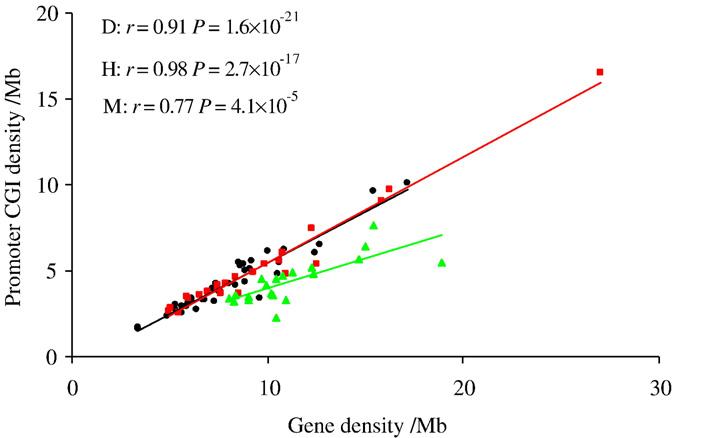Investigation of the recently released Domestic Dog Genome
The recent release of the domestic dog genome provided Kunming Institute of Zoology (KIZ) scientist, Han Leng, with an ideal opportunity to collaborate with an American-based researcher and investigate dog-specific genomic features.
In their study, they performed a systematic analysis of CpG islands (CGIs), which are often considered gene markers, in the dog genome.
Relative to the human and mouse genomes, the dog genome has a remarkably large number of CGIs and high CGI density, which is contributed by its non-coding sequences.
Surprisingly, the dog genome was found to have fewer CGIs associated with the promoter regions of genes than the human or the mouse.
Further examination of functional features of dog-human-mouse homologous genes suggests that the dog might have undergone a faster erosion rate of promoter-associated CGIs than the human or mouse.
From their research the authors suggested that some genetic or genomic factors such as local recombination rate and karyotype may be related to the unique clog CGI features.

Correlation between promoter-associated CGI density and gene
density in the dog (black0, human (red), and mouse (green)
genomes. Each dot represents one chromosome (cited from the
paper).
Han L & Zhao ZM (2009) Contrast features of CpG islands in the promoter and other regions in the dog genome, Genomics Vol 94, Iss 2, pp. 117-124
|
